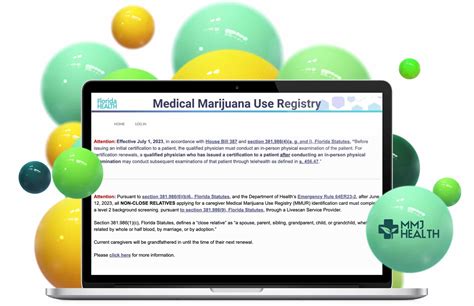Maximizing Marketing ROI: A Comprehensive Guide to Metrics, Measurement, and Optimization
Introduction
Marketing ROI (Return on Investment) is a crucial metric that assesses the effectiveness of marketing campaigns and initiatives. Measuring and optimizing ROI allows businesses to make informed decisions, allocate resources efficiently, and demonstrate the value of their marketing investments.
Understanding Marketing Metrics
Before measuring ROI, it's essential to understand the key marketing metrics used to assess campaign performance:
Metrics for Reach and Engagement
-
Impressions: Number of times an ad or content is displayed
-
Reach: Number of unique individuals who have seen an ad or content
-
Engagement: Interactions such as likes, shares, clicks, or time spent on a website
Metrics for Leads and Conversions
-
Leads: Individuals who have expressed interest in a product or service
-
Conversion Rate: Percentage of leads who take a desired action, such as making a purchase
-
Customer Lifetime Value (CLTV): Estimated total revenue a customer is expected to generate over their lifetime
Measuring Marketing ROI
Marketing ROI is typically calculated using the following formula:

ROI = (Return - Investment) / Investment x 100%
Return represents the revenue or other benefits generated from the marketing campaign. Investment refers to the costs associated with the campaign, including creative development, media placement, and personnel expenses.
Optimization Strategies
To maximize marketing ROI, consider the following strategies:


Set Clear and Measurable Objectives
Define specific, measurable, achievable, relevant, and time-bound (SMART) goals for each marketing campaign.
Track and Analyze Metrics Regularly
Monitor key metrics throughout the campaign to identify areas for improvement and make data-driven decisions.
Optimize Content and Messaging
Tailor content and messaging to resonate with your target audience and drive desired actions.
Leverage Technology and Automation
Utilize marketing automation tools to streamline processes, track results, and optimize campaigns in real-time.
Test and Iterate
Run A/B tests and experiment with different variables to identify the most effective strategies and improve performance over time.

Common Mistakes to Avoid
Failing to Define Clear Goals
Lack of clear objectives makes it difficult to measure success and optimize campaigns effectively.
Ignoring Metrics and Data
Neglecting to track and analyze metrics hinders informed decision-making and ROI optimization.
Focusing on Short-Term Tactics
Pursuing short-term gains without considering long-term ROI can limit the effectiveness of marketing investments.
Overestimating Returns
Inflating projected returns without considering realistic conversion rates and market conditions can lead to disappointment.
Underinvesting in Data and Analytics
Insufficient investment in data analytics limits the ability to understand campaign performance and make informed decisions.
Pros and Cons of Marketing ROI
Pros
-
Quantifies Marketing Value: Provides tangible evidence of the impact of marketing investments.
-
Improves Decision-Making: Enables businesses to make data-driven choices about marketing strategies and allocations.
-
Increases Accountability: Holds marketing teams accountable for the results of their campaigns.
Cons
-
Can be Challenging to Measure: ROI calculation can be complex, requiring accurate data collection and attribution models.
-
May Not Account for All Benefits: Marketing ROI often focuses on direct revenue, but it may not fully capture the indirect benefits of branding or customer loyalty.
-
Time-Consuming: Tracking and measuring ROI requires time and effort, which can be a resource drain.
Frequently Asked Questions (FAQs)
-
How often should I measure marketing ROI? Regularly, ideally on a monthly or quarterly basis.
-
What is a good marketing ROI? The benchmark varies by industry, but generally a ROI of 3:1 or higher is considered successful.
-
How can I improve my marketing ROI? Implement the optimization strategies discussed in this article, such as setting clear goals, leveraging technology, and testing and iterating.
-
What tools can I use to measure and track marketing ROI? Google Analytics, Adobe Analytics, and Salesforce Marketing Cloud are popular analytics tools for ROI measurement.
-
How should I interpret marketing ROI data? Analyze trends, identify outliers, and make informed decisions to improve campaign performance.
-
What are some common pitfalls to avoid when calculating marketing ROI? Overestimating returns, failing to consider all marketing costs, and relying on incomplete data.
Conclusion
Measuring and optimizing marketing ROI is essential for maximizing the impact of marketing investments. By understanding key metrics, implementing effective strategies, and avoiding common pitfalls, businesses can demonstrate the value of their marketing efforts, make smarter decisions, and drive business success. It is important to continually evaluate and adjust marketing strategies based on data and industry best practices to ensure ongoing success and ROI optimization.
